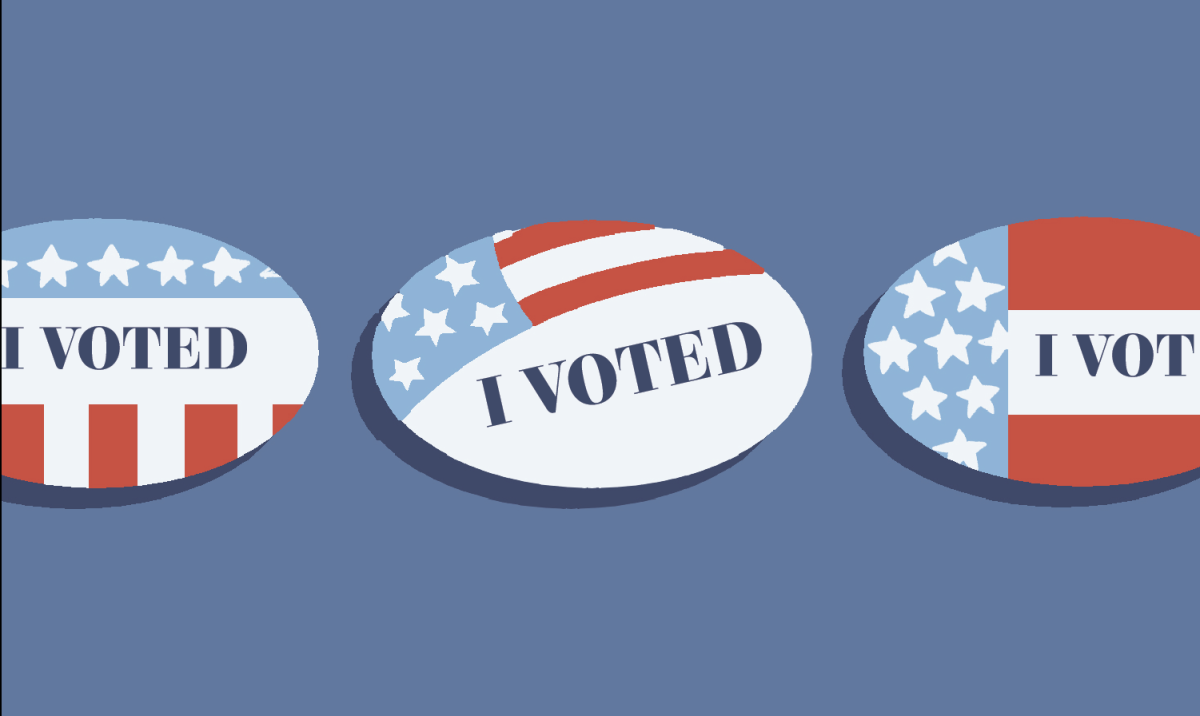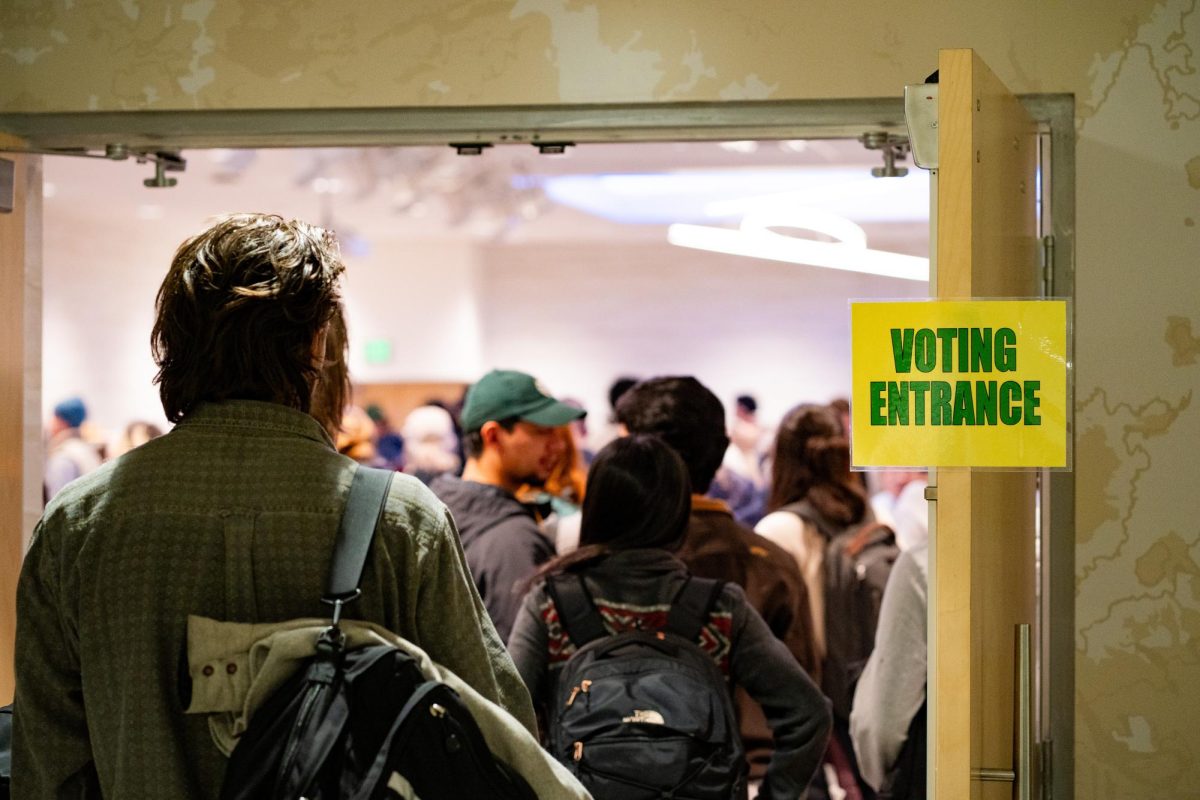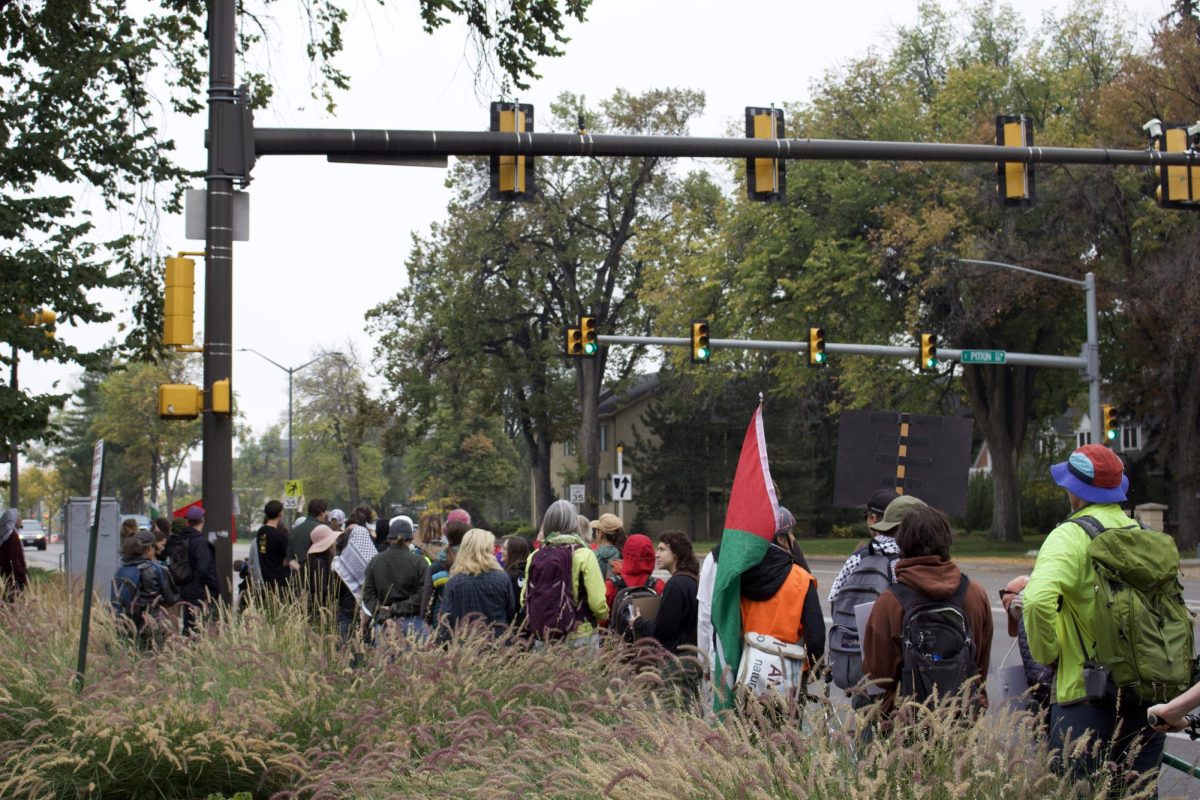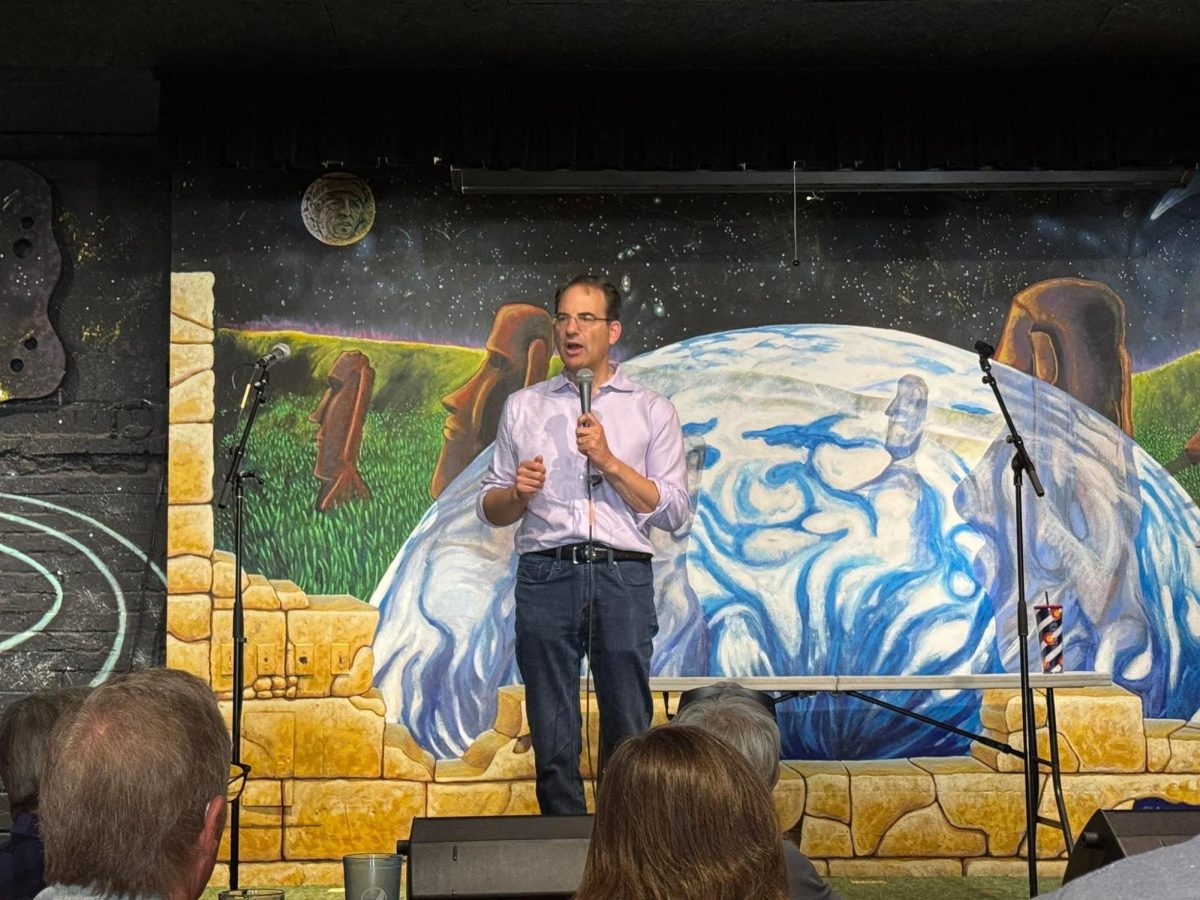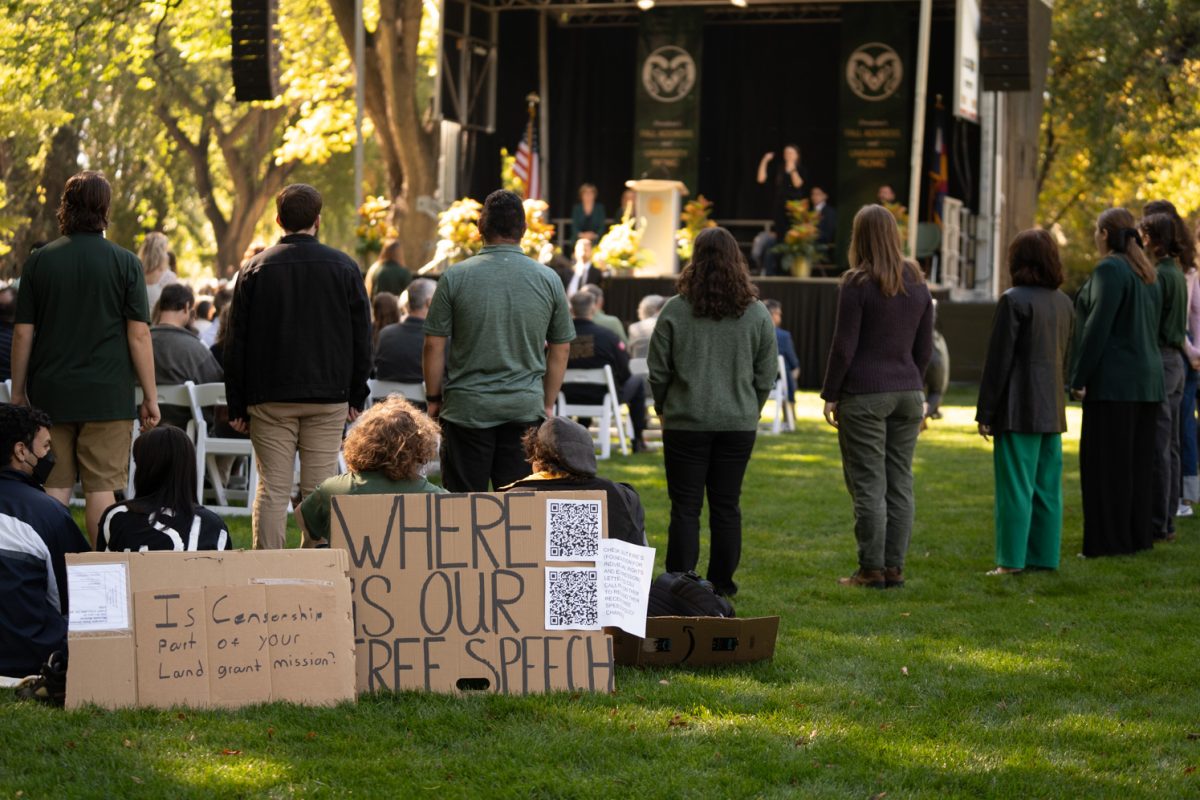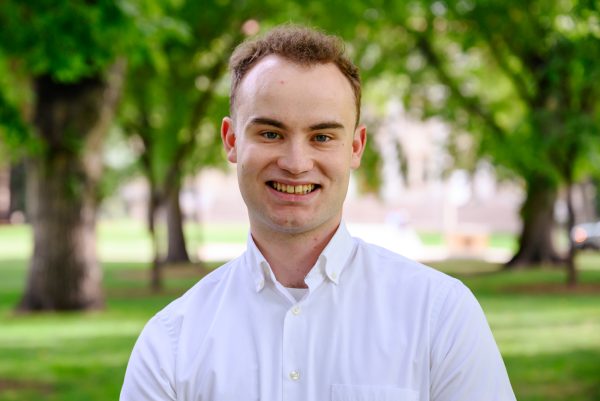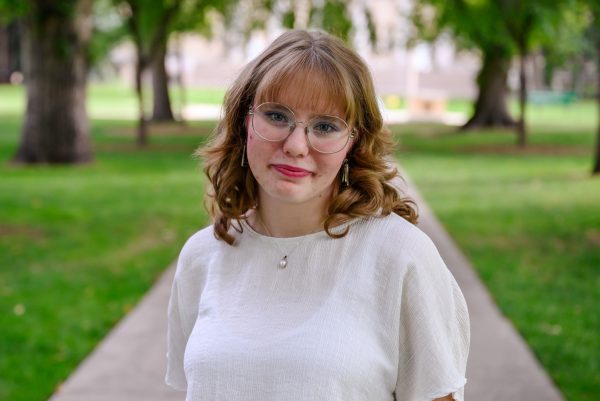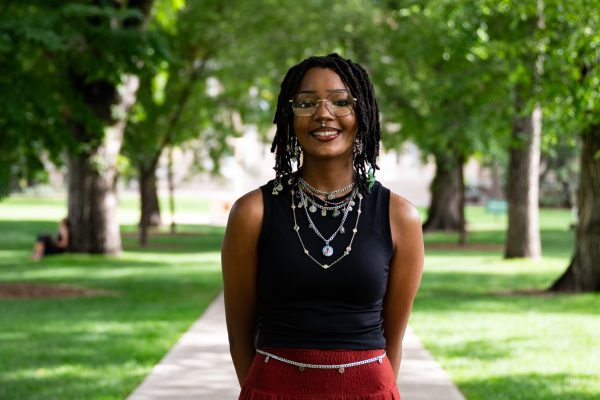Participation in Colorado’s electoral process at the local, state and federal levels remains the most impactful way for residents to advocate for change, reaffirm the priorities of Coloradans and impact their immediate communities. With a litany of propositions and constitutional amendments on the ballot — not to mention various county and state officials and representatives — voters have plenty of choice in deciding the future of the state of Colorado.
Federal offices
Republican candidate Donald Trump and Democratic candidate Kamala Harris’ race to the United States presidency headlines the ballot, and the contest is far from typical.
Following President Joe Biden’s withdrawal from the race in July, Harris took up the mantle as the de facto incumbent candidate as Trump seeks a return to the White House for his second nonconsecutive term.
As expected, the race has remained exceedingly close, even after Harris’ surge in the polls following her confirmation as the Democratic nominee.
Colorado has 10 electoral votes cast by electors in the Electoral College. Largely voting in accordance with Colorado voters, those votes will be awarded to the winning candidate, with 270 electoral votes needed to secure the presidency.
The presidential race is not the only federal race Colorado voters have an impact on.
Of Colorado’s eight congressional districts, three include areas in Northern Colorado near Fort Collins. Most of Larimer County is within the 2nd Congressional District, though the 4th and 8th Congressional Districts include parts of the eastern edge of the county.
Elected officials in these districts represent Colorado voters in the U.S. House of Representatives for two-year terms and are responsible for serving on committees, introducing and voting on federal legislation and representing the state at the federal level.
Colorado’s 2nd Congressional District encompasses Fort Collins, Vail, Boulder and Estes Park, extending west from Interstate 25 toward Glenwood Springs. The main campuses for Colorado State University and the University of Colorado Boulder are located in this district.
Colorado’s 4th Congressional District, consisting of the state’s agriculture-dependent eastern territory, is home to one of the more publicized and contentious nationwide races. Long-time Rep. Ken Buck announced his resignation from the U.S. House in March, resulting in a special election in June to determine who would fill the seat during the final months of the term. Republican Greg Lopez won that election and has served as the representative from the 4th District since, but he is not on the ballot for the November election.
Colorado’s 8th Congressional District was drawn before the 2022 midterm elections following the 2020 census, making it Colorado’s newest congressional district. The district is situated between I-25 and Denver International Airport, spanning from Thornton to Greeley. It includes the southeasternmost part of Larimer County.
State offices
There are several state offices that will be decided during this election, including state senators from select districts, all 65 state representative seats in the Colorado General Assembly, the district attorney in each of Colorado’s 22 judicial districts and members of the Colorado State Board of Education.
Members of the Board of Education work to appoint personnel, approve funding and establish regulations governing K-12 education across the state.
Board of Education district boundaries match those of Colorado’s congressional districts, with one board member per district plus one at-large seat. Seats No. 2, No. 4 and No. 8 are on the 2024 ballot for Larimer County residents.
The Colorado General Assembly serves as the state’s legislative branch and comprises 100 members, including senators from Colorado’s 35 senate districts and 65 state house districts. Senators in the Colorado General Assembly serve four-year terms, with half of the senators elected every two years, while representatives serve two-year terms.
Members of the legislature are responsible for representing their constituents’ interests at the state level. They approve the state budget; introduce and vote on legislation; and serve on committees. In the Fort Collins area, Colorado Senate Districts 14 and 23 and Colorado House Districts 49, 51, 52, 53, 64 and 65 are on the ballot.
Senate District 14 covers most of the Fort Collins area, including Colorado State University’s main campus and surrounding neighborhoods. Senate District 23 includes the eastern edge of Fort Collins and crosses I-25 to include communities in Larimer County and Weld County between Greeley and Fort Collins.
Colorado House District 49 covers areas north, south and west of Fort Collins up to the Wyoming border and into the Rocky Mountains. House District 51 covers the greater Loveland area, not quite reaching Fort Collins. House District 52 includes the southeastern edge of Fort Collins and the area south of the city. House District 53 encompasses Colorado State University and the surrounding Fort Collins area. House District 64 covers areas south of Loveland and the western part of Greeley. House District 65 covers north Fort Collins and surrounding areas southeast, such as Timnath and Windsor.
The district attorney is a state-level official who is elected for four-year terms. Larimer County is within Colorado’s 8th Judicial District, which also includes Jackson County to the west. The district attorney oversees the judicial jurisdictions within their district and prosecutes cases on behalf of the state.
County offices
Of the three county commissioner seats in Larimer County, two are on the ballot this year. Larimer County’s Board of County Commissioners comprises three members elected from three geographically distinct districts in the county. Commissioners serve four-year terms and are limited to no more than three terms. The elections for the districts are staggered, meaning one of the seats is not up for election this year.
Larimer County District 2 covers the area between Drake Road in Fort Collins and 57th Street in Loveland and extends from the western edge of the county to the eastern edge, including the area surrounding Horsetooth Reservoir and parts of Roosevelt National Forest. District 3 encompasses the southern third of the county, including Loveland south of 57th Street and Estes Park.
Larimer County’s three commissioners help with policy for the county and work alongside city officials from cities within Larimer County.
The Larimer County clerk and recorder is also up for election this year. The county clerk and reporter is responsible for many of the day-to-day operations, including overseeing elections, registering voters, providing marriage licenses, handling business licenses and maintaining the county’s records.
Judicial retention questions
The Larimer County ballot this year asks voters to determine three Colorado Supreme Court justices, five Colorado Court of Appeals justices and two district court judges for the 8th Judicial District and two County Court Judges for Larimer County.
In a retention election, a judge is removed if fewer than 50% of people vote yes. Colorado is one of 19 states that uses retention election methods for at least one court.
The Colorado Supreme Court is composed of seven judges who serve 10-year terms. They are annually scored by the Office of Judicial Performance Evaluation, with scores out of four and percentages of approval ratings from attorneys and judges surveyed.
The Colorado Court of Appeals handles appeal cases over district courts in the state. Twenty-two judges serve eight-year terms.
Amendments
An amendment, in the simplest of terms, is an addition or change to a section of the Colorado Constitution. Once an amendment is voted in, only another amendment can change it.
On the Colorado ballot this fall are seven amendments, all of which require approval from Colorado voters.
Propositions
While amendments make changes to the larger governing constitution, propositions make changes to the Colorado Revised Statutes. A proposition passes with a simple majority vote. There are seven propositions on the 2024 ballot.
Ballot questions
There are several ballot issues in Larimer County depending on the city and municipal districts where voters are registered. A ballot issue — sometimes called a ballot question or referendum — is a way for voters to directly vote on a law, measure or issue.
Reach Allie Seibel, Hannah Parcells, Sam Hutton and Aubree Miller at news@collegian.com or on Twitter @CSUCollegian.



